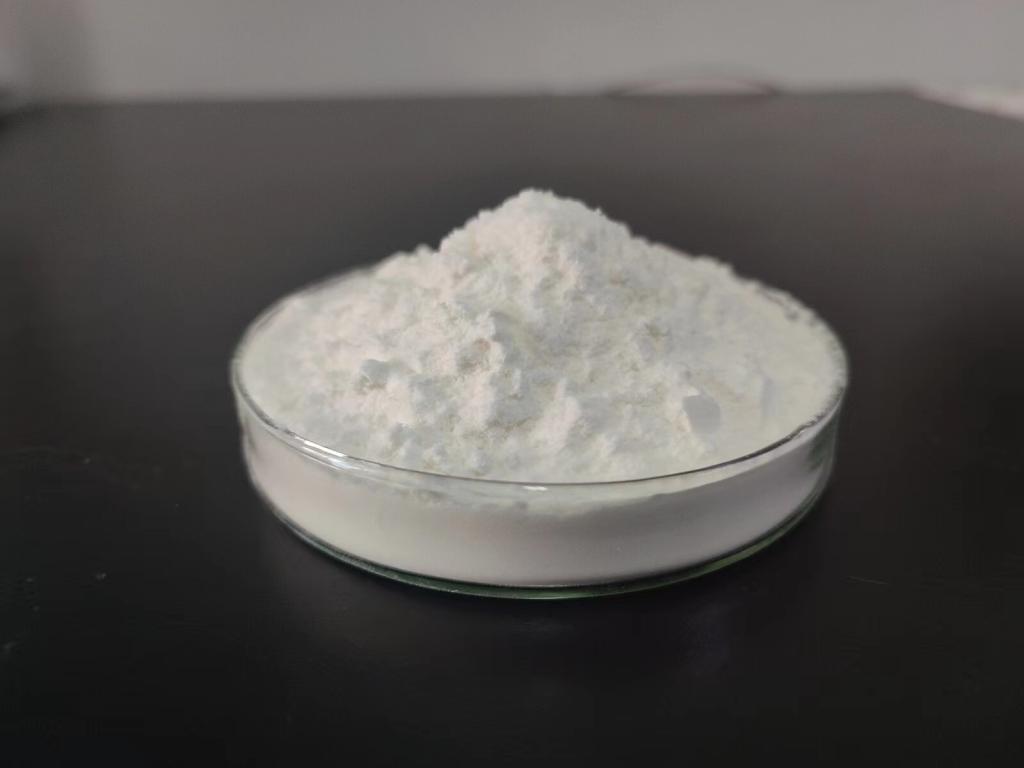Tel:0086 18231198596

News
Its application in food packaging ensures product freshness and safety during storage.
TIME:2024-03-28
Understanding ε-Polylysine Hydrochloride in Food Packaging
ε-Polylysine hydrochloride is a naturally occurring antimicrobial compound derived from the fermentation of certain strains of bacteria. It consists of multiple lysine residues linked together by peptide bonds, forming a linear polymer structure. ε-PL hydrochloride is soluble in water and can be easily incorporated into various types of food packaging materials, including films, coatings, liners, and wraps.
The antimicrobial activity of ε-Polylysine hydrochloride stems from its ability to disrupt microbial cell membranes, leading to cell lysis and death. This mode of action makes it effective against a wide range of bacteria, yeasts, and molds, including foodborne pathogens such as Escherichia coli, Salmonella spp., Listeria monocytogenes, and molds that cause spoilage.
Applications of ε-Polylysine Hydrochloride in Food Packaging
ε-Polylysine hydrochloride can be applied in food packaging to enhance product freshness and safety in various ways:
Antimicrobial Films: ε-PL hydrochloride can be incorporated into thin films used for wrapping or covering food products. These antimicrobial films create a protective barrier that inhibits microbial growth on the surface of packaged foods, thereby extending their shelf life and reducing the risk of spoilage.
Coatings and Sprays: ε-Polylysine hydrochloride can be applied as a coating or spray on the surface of food packaging materials, such as cardboard boxes or plastic containers. This coating forms a protective layer that prevents microbial contamination during storage and transportation, ensuring the safety and quality of packaged products.
Active Packaging Systems: Active packaging systems utilize ε-PL hydrochloride along with other active ingredients, such as oxygen scavengers or moisture absorbers, to maintain optimal conditions for food preservation. These systems can release ε-Polylysine hydrochloride gradually over time, providing continuous protection against microbial growth and extending the shelf life of packaged foods.
Benefits of ε-Polylysine Hydrochloride in Food Packaging
The incorporation of ε-Polylysine hydrochloride into food packaging offers several benefits:
Extended Shelf Life: By inhibiting microbial growth, ε-PL hydrochloride helps extend the shelf life of packaged foods, allowing them to remain fresh and safe for consumption for a longer period. This can reduce food waste and enhance the economic viability of food products.
Enhanced Safety: ε-Polylysine hydrochloride helps ensure the safety of packaged foods by preventing microbial contamination and reducing the risk of foodborne illnesses. This is particularly important for perishable goods that are susceptible to spoilage and pathogen growth.
Improved Product Quality: By maintaining freshness and safety, ε-PL hydrochloride contributes to the overall quality of packaged foods, preserving their flavor, texture, and nutritional value. Consumers can enjoy higher-quality products with extended shelf life and reduced risk of spoilage.
Environmental Sustainability: ε-Polylysine hydrochloride is derived from natural sources and is biodegradable, making it an environmentally sustainable option for food packaging. Its use can help reduce the environmental impact of packaging waste compared to synthetic preservatives or additives.
Regulatory Considerations and Safety
ε-Polylysine hydrochloride is generally recognized as safe (GRAS) by regulatory authorities, including the U.S. Food and Drug Administration (FDA) and the European Food Safety Authority (EFSA), when used in accordance with approved guidelines and dosage limits. Extensive safety assessments have confirmed the safety of ε-PL hydrochloride for use in food packaging applications.
Conclusion
ε-Polylysine hydrochloride offers a promising solution for enhancing food freshness and safety in food packaging applications. With its potent antimicrobial properties and compatibility with various packaging materials, ε-PL hydrochloride can help extend the shelf life of perishable goods and reduce the risk of microbial contamination during storage and transportation. As the food industry continues to prioritize food safety and sustainability, ε-Polylysine hydrochloride stands out as a valuable tool for ensuring the quality and safety of packaged foods throughout the supply chain. Ongoing research and development efforts are likely to uncover additional applications and benefits of ε-PL hydrochloride in food packaging.

 CONTACT
CONTACT




